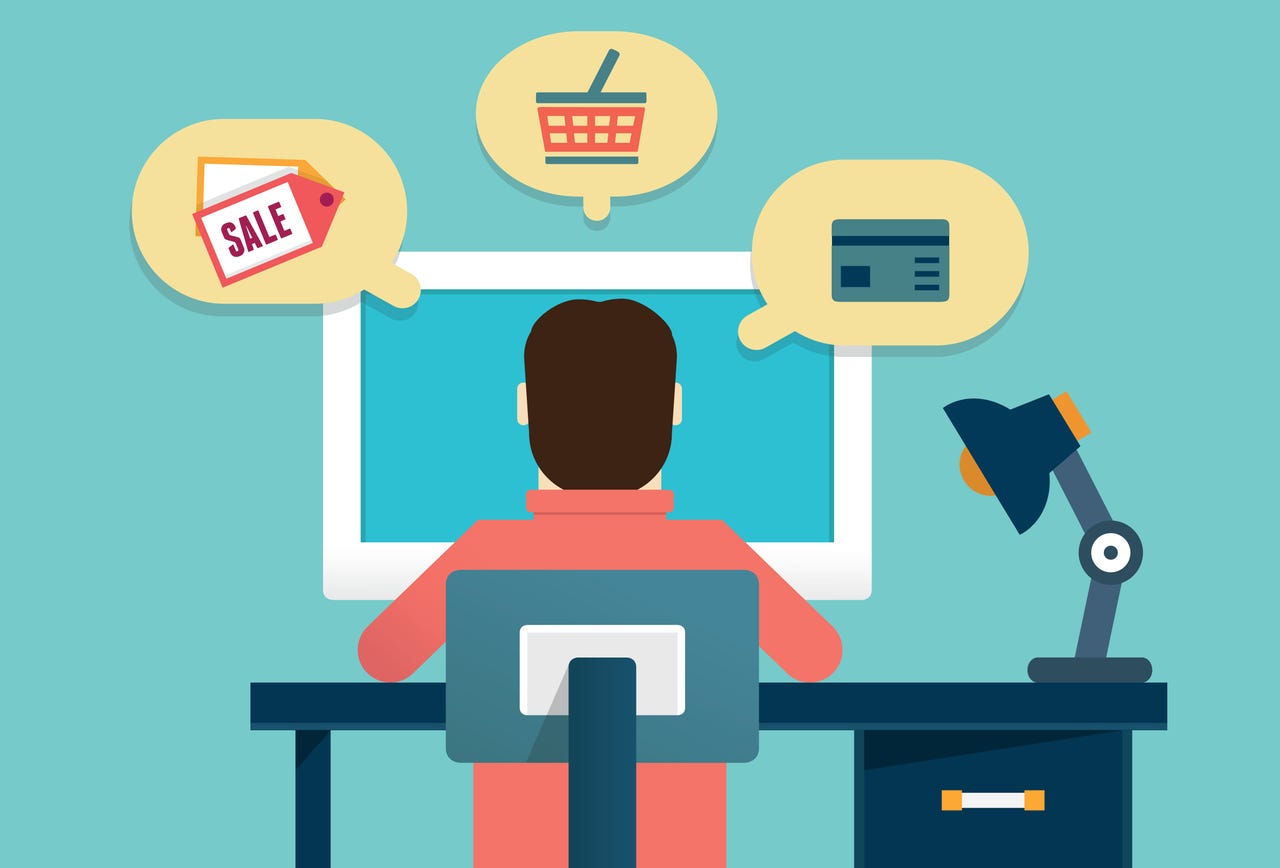Big data in retail

Selling things used to be simple: the retailer who reacted fastest to buying trends was the one who made the most profit. So while the process itself might not have been simple, the data probably was. But since every other retailer was doing the same thing, the outcome was ultimately stasis as everyone was competing for the same consumer pound.
Big data is changing all that by turbocharging the pace of retailing. Today's retailers are using big data to predict trends and acquire stock before a buying frenzy becomes reality (for instance for the latest video game).
This involves aggregating the internal data that the retailer already possesses about sales and other metrics with external data such as social media feedback, web browsing patterns, movie releases and advertising buying trends.
This then allows retailers to create predictive models for trends including how and where consumers will buy, therefore enabling them to manage stocks and meet demand. In addition, the retailer may be able to contact early buyers and engage them with personalised, real-time offers. This level of influence over buying decisions and speed of response can boost profits and help edge out the competition.
There are challenges of course - there always are. Aligning big data with use cases, finding new sources of unstructured data and harvesting it all for analysis are among them, but they can be overcome by service providers and systems integrators who help to ensure that technology investments align with business needs.
Examples of retailers using big data
One hotel chain recognised that when a nearby airport cancelled flights, it meant thousands of stranded passengers would need a roof over their heads. So the chain now collects weather and flight cancellation data - all freely available - and combines them with weather and travel condition forecasts to predict demand. The chain then posts location-specific ads on search engines, to which potential hotel guests respond via their mobiles. The result has been a 10% uplift in bookings.
Music publisher and distributor EMI uses big data to measure and forecast demand. It tracks demand on social media via both internal and external sources, also buying in data that shows listening patterns from music streaming sites and others. Analysing this data according to demographics and other categories allows EMI to both understand where demand is heading and to deliver precise advertising to consumers.
Among the world's biggest retailers is Walmart. It uses big data to track and analyse millions of transactions daily, along with inventory levels and competitor activity. This then allows it to respond automatically to market changes in real time, including the ability to reduce prices when demand falls. Walmart finds that the faster it responds, the higher the revenue.
So for retail, which generates large volumes of metrics, big data offers a huge win in terms of profitability. And since retail is a sector where margins can be wafer-thin and the competition fierce, this makes big data a compelling - even a company-saving - option.